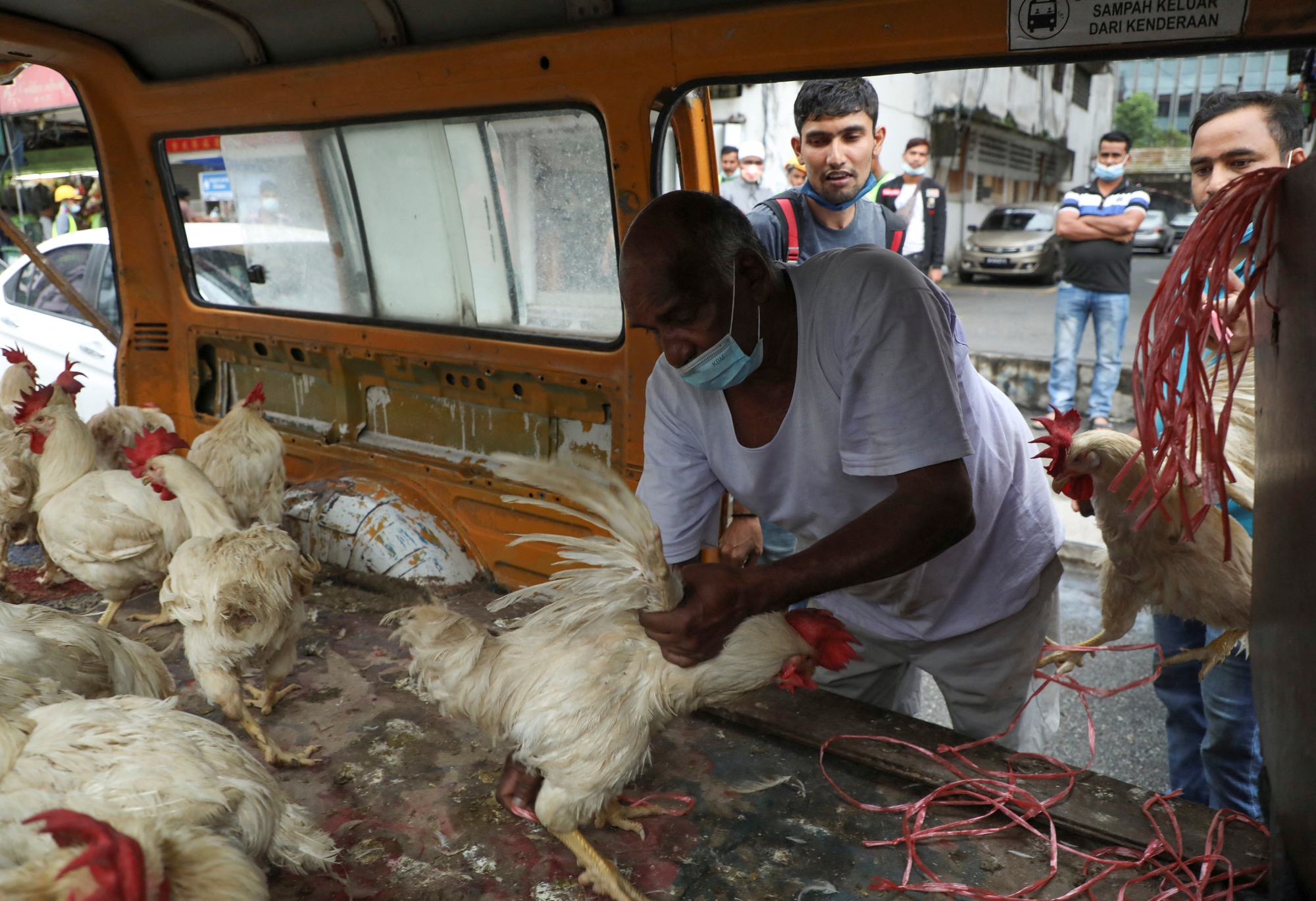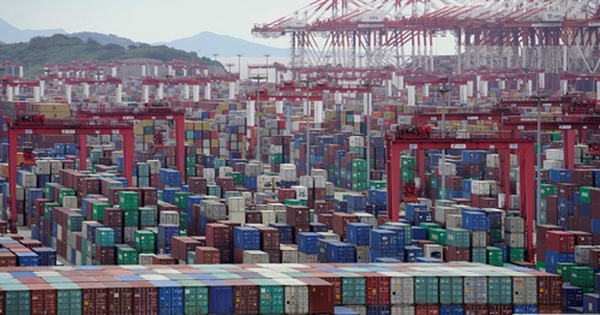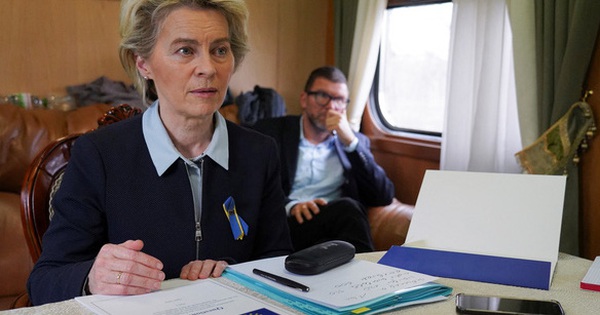Flexibility to control inflation
From export bans to price controls, Asian governments are taking a much more targeted approach than Western authorities in containing inflationary pressures.
Follow ReutersThis strategy is working, somewhat shielding people from some price hikes and keeping most central banks in the region from having to raise interest rates as quickly.
For example, Indonesia last week increased energy subsidies to $24 billion to curb energy prices following the lifting of a controversial palm oil export ban. Although many retailers in Southeast Asia’s largest economy still have to raise prices, household demand remains strong and inflation is within the central bank’s 2%-4% target range.
In South Korea, the government’s ceiling on electricity bills has increased competition for firms like Samsung Electronics and Hyundai Motor, while reducing the impact on households.
This month, India banned wheat exports as a scorching heat wave slashed output and local prices hit record highs. Similarly, Malaysia this week said it would stop exporting 3.6 million chickens a month from June until prices stabilize. The country also subsidizes fuel and cooking oil prices.

Catching chickens delivered to customers in the capital Kuala Lumpur – Malaysia on May 25. Photo: REUTERS
In contrast, Western countries are hesitant to intervene in production activities to keep the prices of key commodities such as food and fuel down. The responsibility for controlling prices in Europe and the US is currently mainly placed on monetary policy.
The central banks of the US, UK and Canada have all actively raised interest rates. According to the minutes of the meeting released on May 25, Federal Reserve officials said that they must raise interest rates quickly and even more than the market predicts to contain inflation.
The market now expects the Fed to raise the policy rate to about 2.5%-2.75% by the end of this year, a range considered “neutral”. Earlier this month, the FED raised interest rates by 0.5 percentage points, the strongest rate hike in 22 years in an effort to cool down inflation in the US, which is at a 40-year high.
Due to the impact of the Covid-19 pandemic, China has taken a different approach. More than 100,000 officials at all levels attended an online meeting with Premier Li Keqiang on May 25 to discuss measures to stabilize the economy.
According to the news agency Xinhua News AgencyChina’s State Council on May 23 also met and announced 33 new economic measures, including increasing tax refunds, expanding loans for small businesses and providing emergency loans to the aviation industry. are struggling.
Follow ReutersChina’s Central Bank on May 26 said it would support credit for small companies and called on financial institutions to give priority to lending in the central and western regions, as well as in areas affected by financial hardship. affected by the Covid-19 pandemic.
Meanwhile, the Central Bank of Russia (CBR) decided to cut interest rates from 14% to 11% as inflation slows and the ruble recovers. This is the third rate cut in a row since the sudden hike to 20% after Russia launched a military campaign in Ukraine at the end of February.
According to the radio CNBC, after the ruble fell to a record low of 150 rubles to the dollar on March 7, the CBR’s capital controls helped propel the local currency to a two-year high, sometimes touching 53 rubles to 1 USD on May 24. The CBR said financial risks have been somewhat reduced and left open the possibility of further lowering interest rates at the upcoming meeting, scheduled to take place on June 10.
at Blogtuan.info – Source: nld.com.vn – Read the original article here



